Horses are magnificent creatures that have captured the hearts and imaginations of people all over the world for centuries. One of the most distinctive and striking features of a horse is its mane. The mane is the strip of longer hair that runs along the top of a horse’s neck, and it serves both practical and aesthetic purposes. In this article, we will explore the reasons why horses have a mane, the different types of manes, and the significance of the mane in horse culture and history.
What is a Mane?
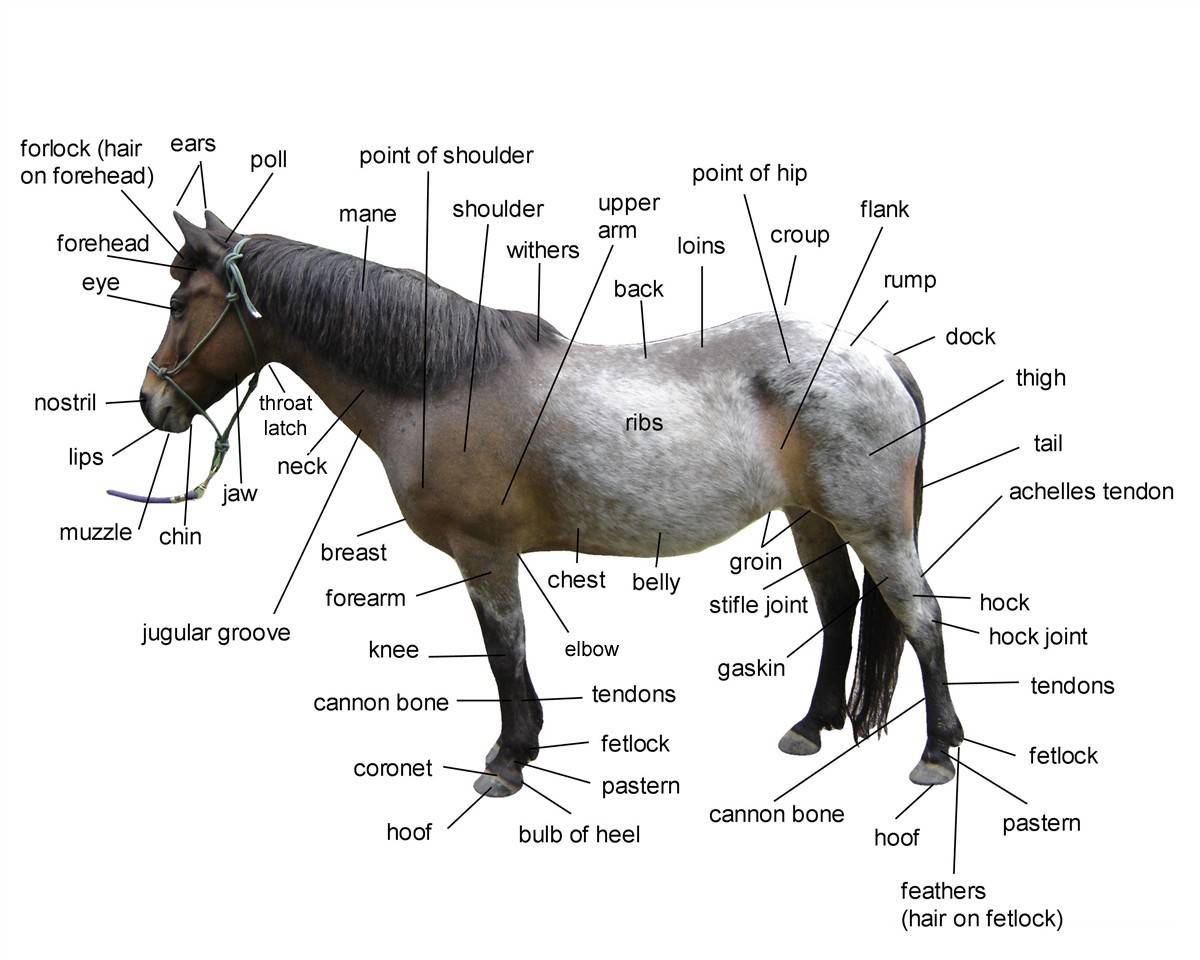
Before delving into the reasons why horses have manes, it’s important to understand what exactly a mane is. The mane is the hair that grows from the top of a horse’s neck, extending from the poll (the area between the ears) to the withers (the highest point of the shoulder). It varies in length and thickness depending on the breed and individual horse. The mane serves as both a protective and decorative feature, and it has been a defining characteristic of horses throughout history.
Types of Manes
Evolutionary Purpose
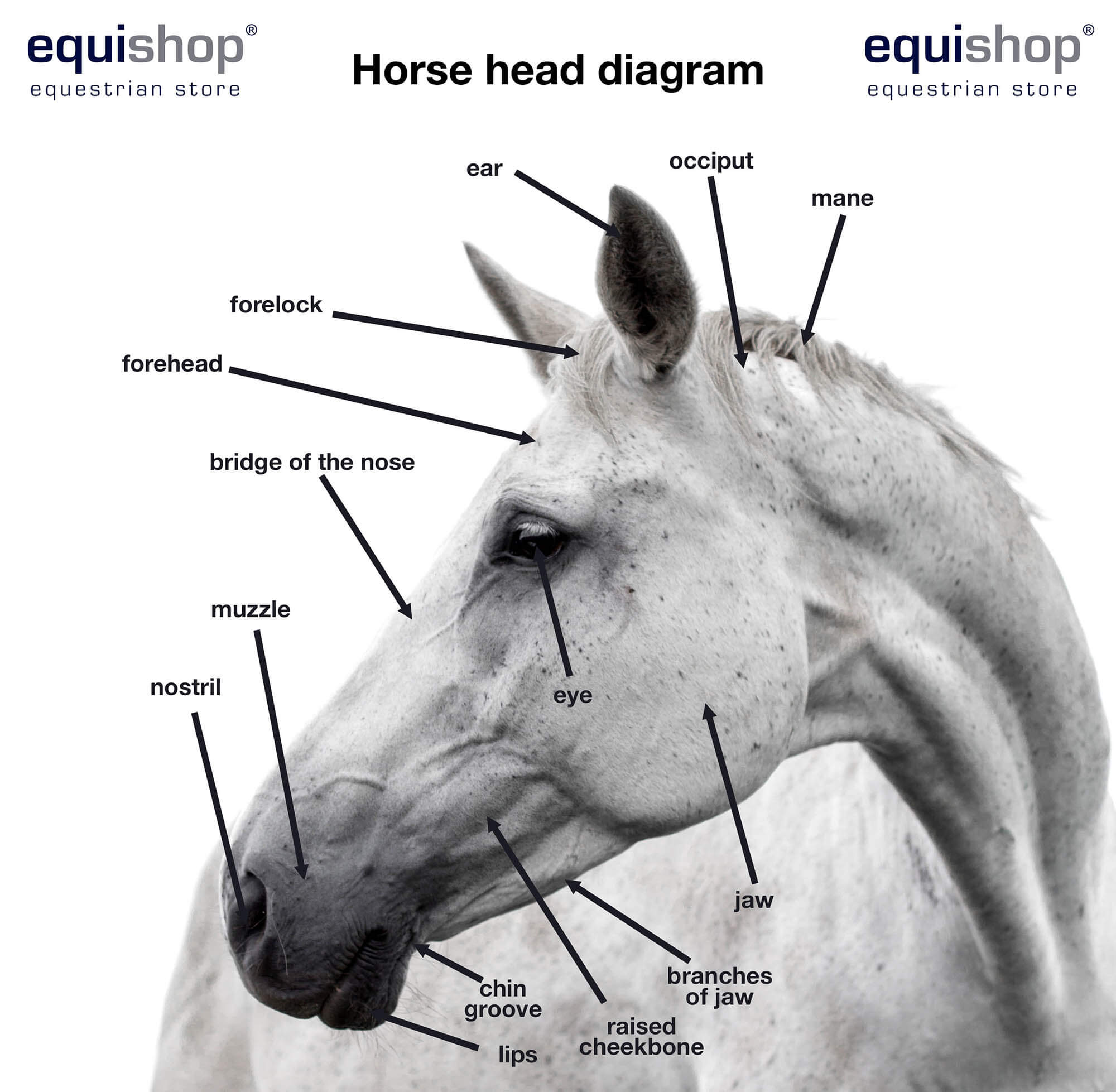
The presence of a mane on horses can be traced back to their evolutionary history. In the wild, horses are prey animals, and their mane serves as a form of protection. When threatened by predators, the mane can make a horse appear larger and more intimidating, deterring potential attackers. Additionally, the longer hair around the neck can help protect the horse’s vital arteries from bites and scratches during skirmishes, providing a layer of defense against potential injuries.
Regulation of Body Temperature
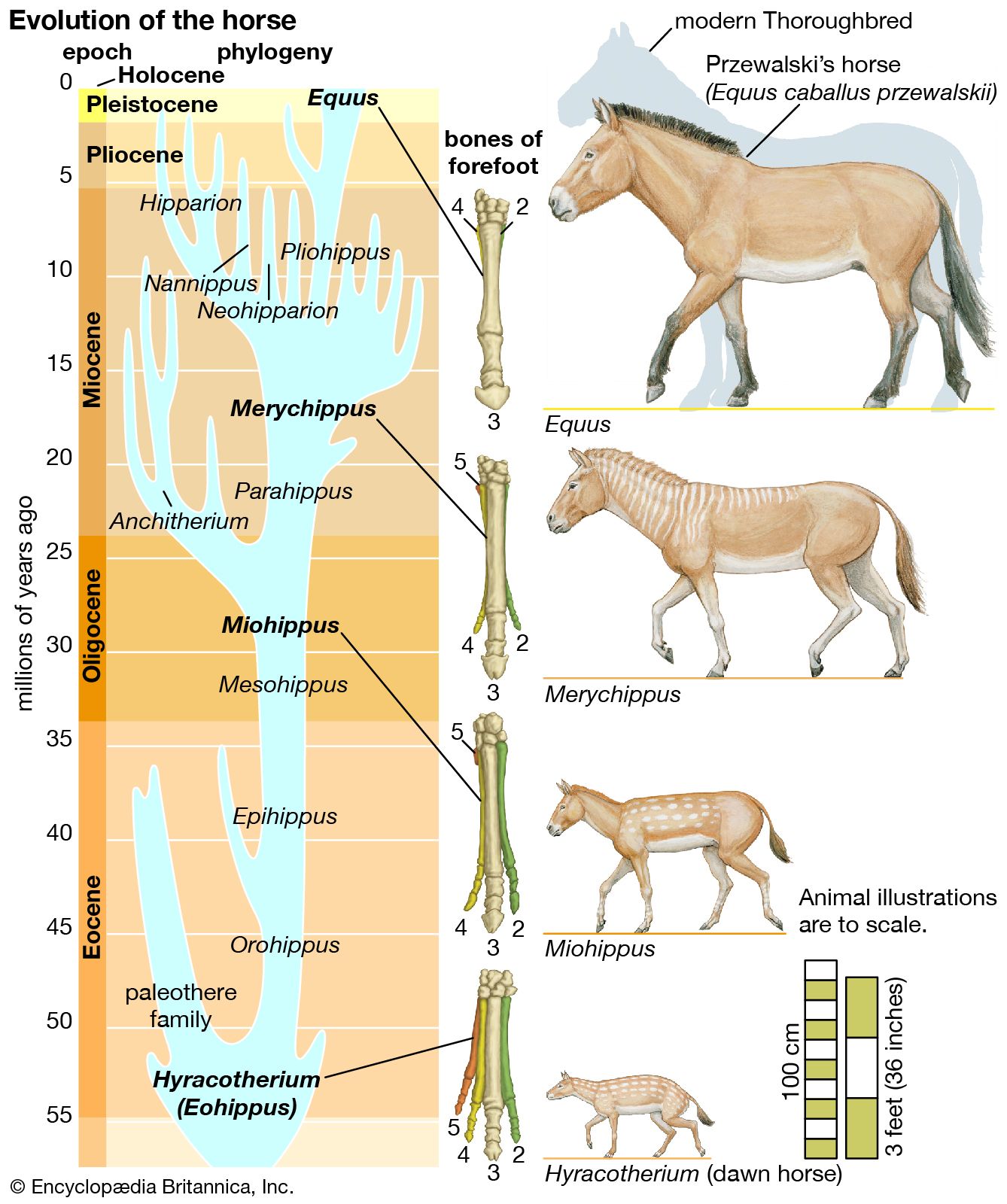
Another important function of the mane is its role in regulating the horse’s body temperature. Horses are equipped with a natural cooling system to help them cope with varying environmental conditions. The mane helps to trap a layer of air close to the horse’s skin, acting as insulation in cold weather. In warmer climates, the mane can also help to channel air over the horse’s neck, aiding in the dissipation of heat and promoting cooling through evaporation.
Social Significance
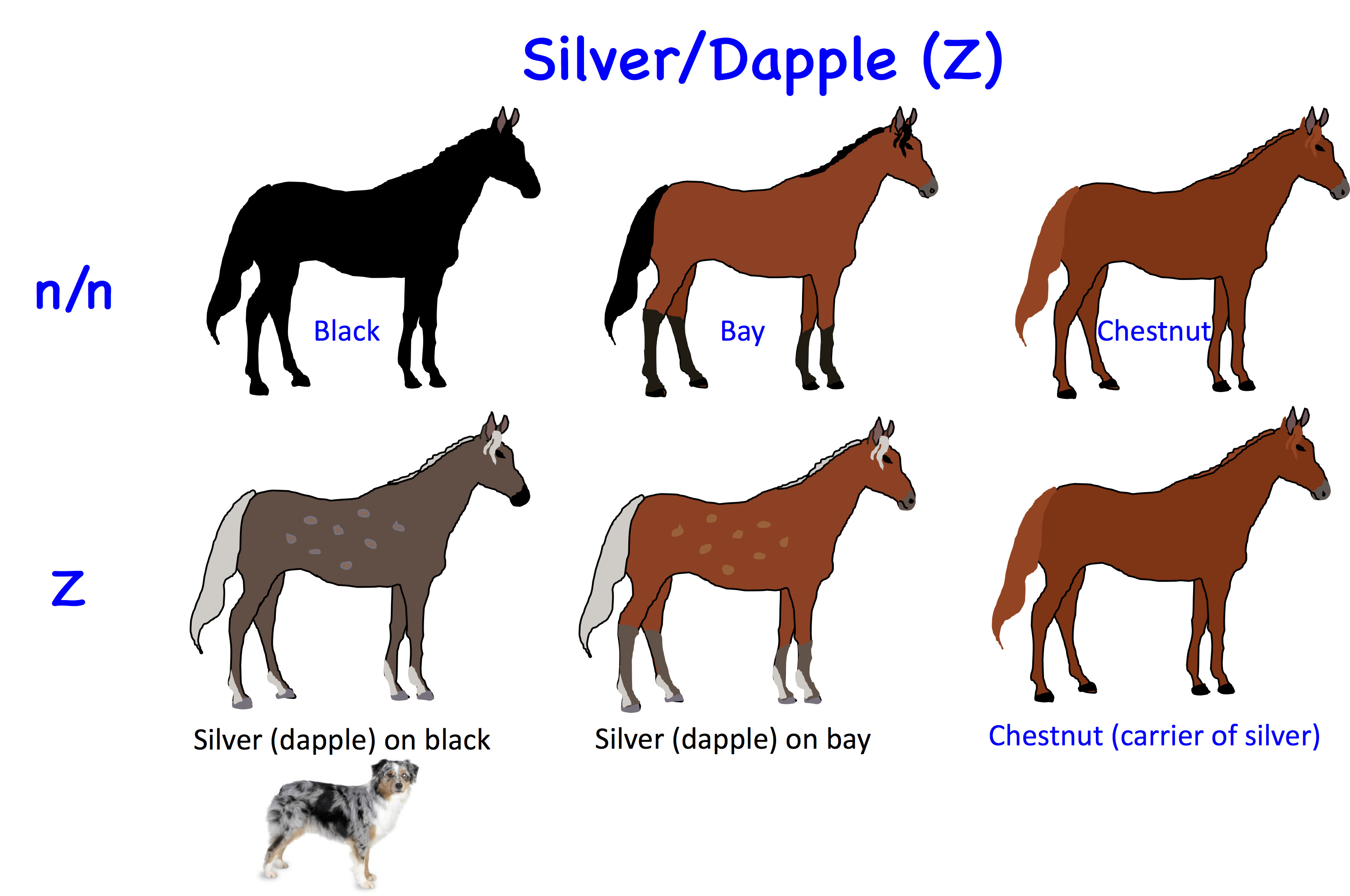
The mane also plays a significant role in the social dynamics of a herd. In the wild, horses use body language and physical cues to communicate with one another, and the mane can be an important part of this communication. When a horse is agitated or excited, it may raise its mane as a display of emotion or dominance. Conversely, a relaxed and content horse may lower its mane, signaling a more peaceful demeanor. The mane’s role in social interactions among horses highlights its importance beyond its practical functions.
Types of Manes
Aesthetic Appeal
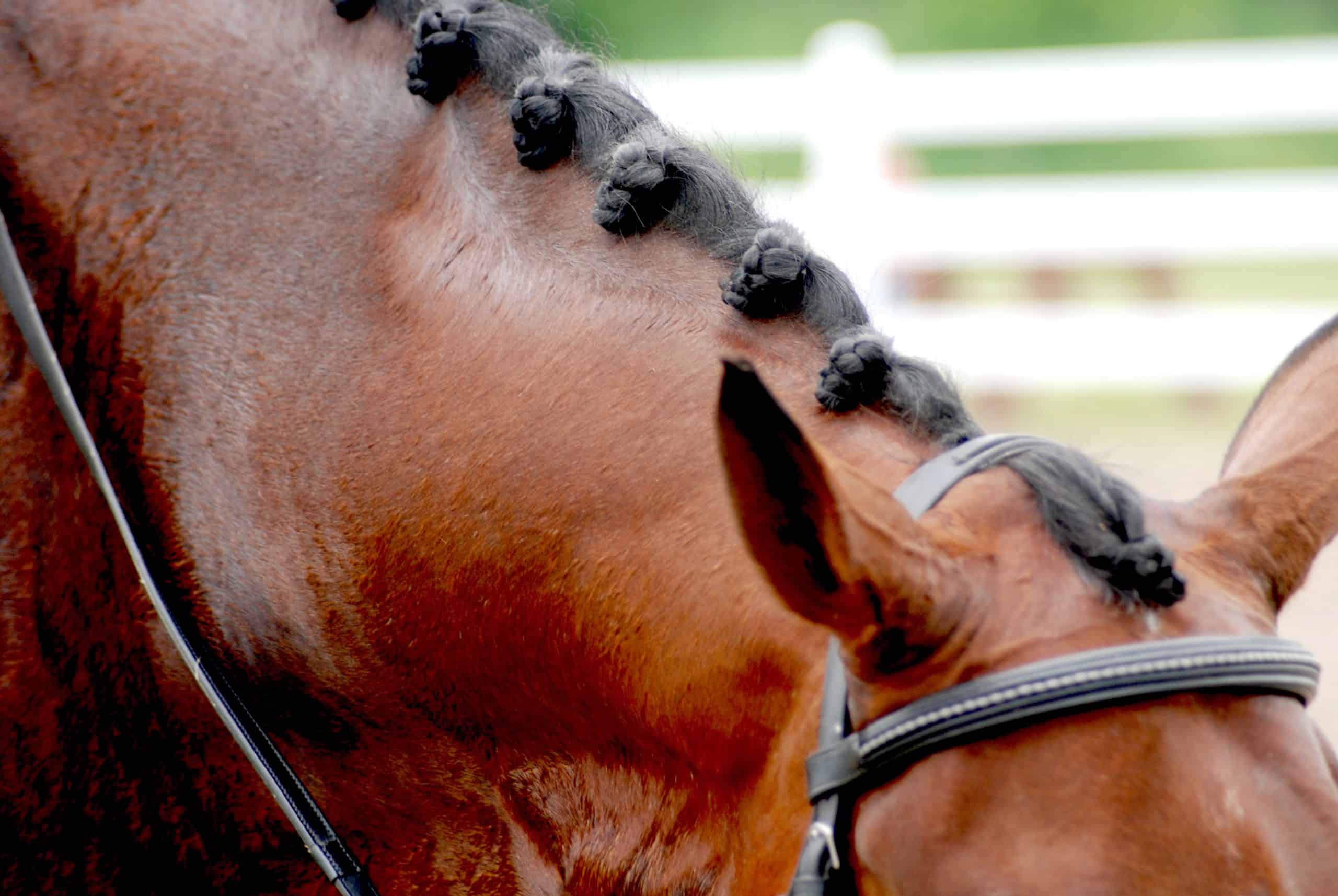
In addition to its practical benefits, the mane also adds to the aesthetic appeal of horses. The flowing mane has long been associated with the beauty and grace of these majestic animals. For centuries, artists and poets have extolled the beauty of a horse’s mane, and it has become an iconic symbol in equine art and culture. From folklore to modern media, the mane has been celebrated as a symbol of strength, freedom, and natural beauty.
Cultural and Historical Significance
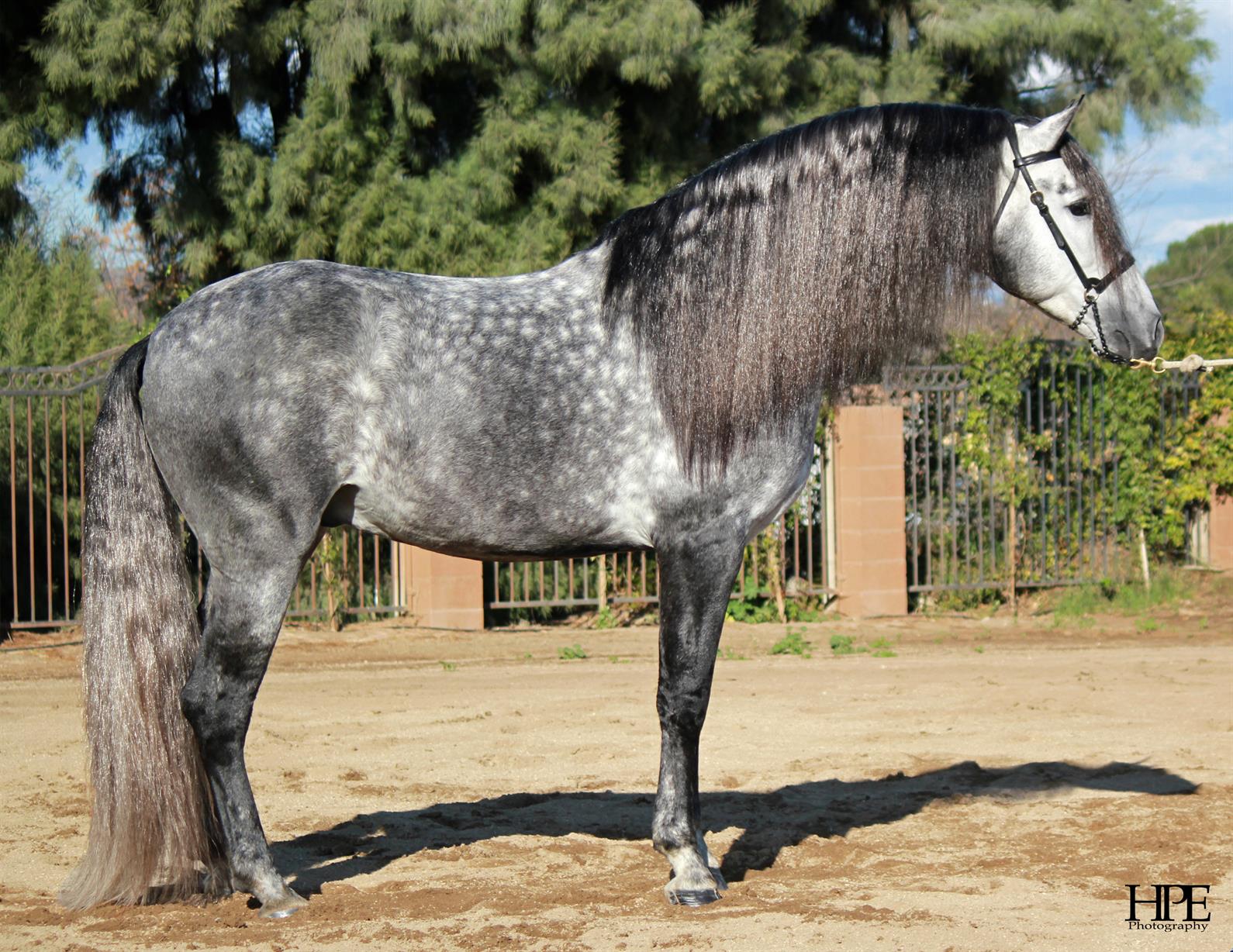
The mane holds great cultural and historical significance in the world of horses. Throughout history, different cultures have associated the mane with various meanings and symbolism. In some traditions, the length and thickness of a horse’s mane were seen as indicators of strength and vitality, while in others, braiding and decorating the mane were considered important for ceremonial and spiritual purposes. The mane has been a focal point of horse grooming and care, reflecting the deep bond between humans and horses.
Modern-Day Practices
Today, the mane continues to be an important aspect of horse care and horsemanship. In the equestrian world, grooming and maintaining a horse’s mane is an important part of overall horse care. Riders often braid, trim, and style their horse’s mane for both practical and aesthetic reasons. Different equestrian disciplines and competitions may have specific requirements for mane care and presentation, and grooming the mane is considered an essential part of preparing a horse for shows and events.
Curious about the significance of horse manes? Explore our articles on why horses have tails and why horses have hair for a deeper understanding of equine anatomy. Additionally, discover the reasons behind horse farms having double fences to gain a broader insight into horse-related topics!
Conclusion
In conclusion, the mane is a distinctive and multifaceted feature of the horse that serves both practical and symbolic purposes. From its evolutionary origins as a form of protection to its role in social interactions and its cultural significance, the mane is a testament to the deep connection between humans and horses. Whether admired for its beauty or appreciated for its functionality, the mane remains an enduring symbol of the strength, grace, and resilience of the horse. As we continue to cherish and care for these remarkable animals, the mane will undoubtedly remain an integral part of the timeless allure of the horse.



